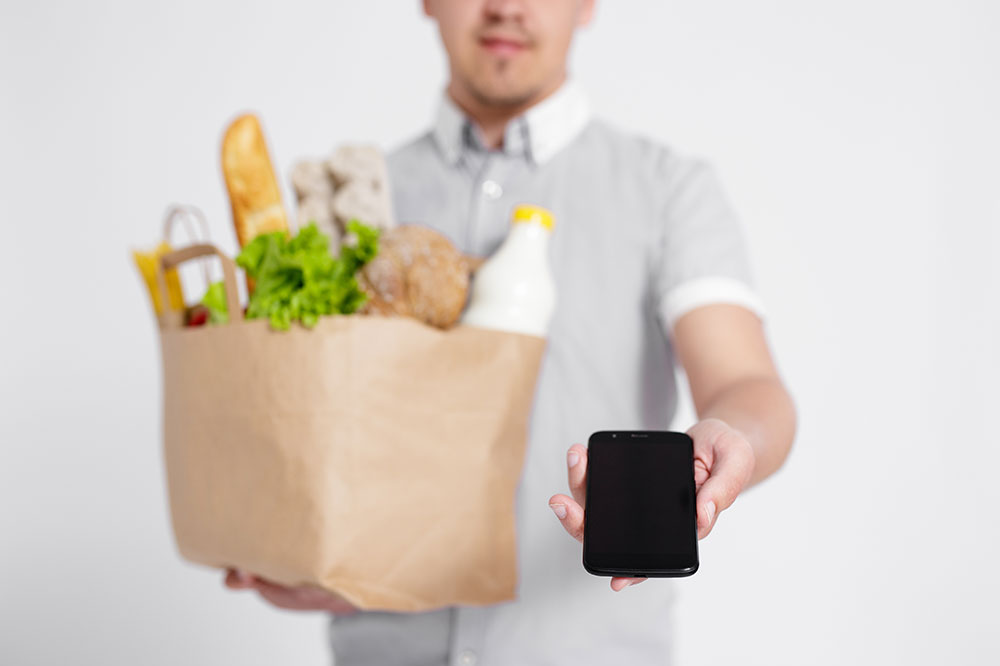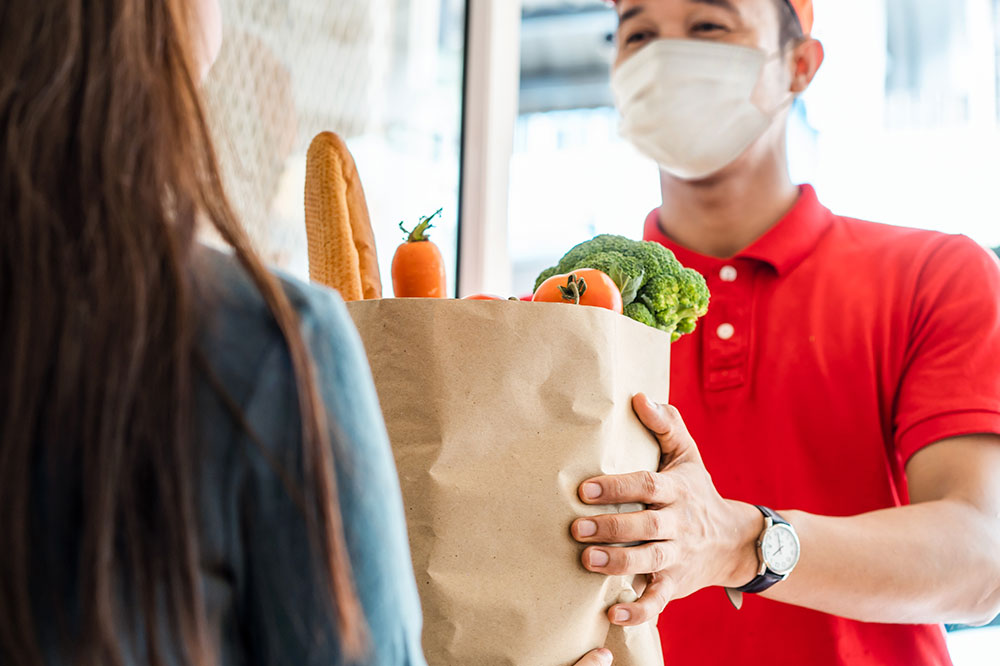The Evolution and Future Outlook of Food Delivery Platforms: Industry Insights and Trends
This article explores the comprehensive evolution of food delivery platforms, highlighting the rise of key industry players like Uber Eats and DoorDash. It delves into historical developments, recent statistics, current trends, and future innovations such as robotics and augmented reality. With a focus on changing consumer behaviors and technological leaps, the piece offers insights into how the industry is poised for continued growth and transformation, emphasizing convenience, variety, and technological integration as core drivers. A must-read for industry stakeholders and consumers alike.

The Evolution and Future Outlook of Food Delivery Platforms: Industry Insights and Trends
In recent years, food delivery platforms have dramatically transformed the way consumers access their favorite meals, offering unmatched convenience and accessibility. From busy professionals to families seeking quick, delicious options, the rise of apps like Uber Eats, DoorDash, and Grubhub has revolutionized the food industry, making on-demand dining a staple in modern society. As technological innovations continue to evolve, the food delivery landscape is poised for significant growth, driven by changing lifestyles, consumer preferences, and advancements in logistics and digital technology. This comprehensive overview explores the historical development, key players, industry statistics, emerging trends, and the future prospects of food delivery services worldwide.
Historical Background of Food Delivery Services
The origin of modern food delivery services dates back to 1995 with Silicon Valley-based Waiter.com, which initially partnered with around 60 restaurants across the region. This platform aimed to simplify food ordering processes by providing an online platform where users could browse menus, customize orders, and plan deliveries. Over time, Waiter.com expanded its partnership network to include over 1,300 restaurants, offering consumers an easy and convenient way to order their favorite cuisines via website and mobile application platforms. This pioneering effort laid the groundwork for what would become a global industry focused on seamless digital dining experiences.
As digital technology advanced and smartphone usage skyrocketed, the industry saw a proliferation of food delivery companies, each innovating on logistics, customer engagement, and operational efficiency. The early platforms faced challenges such as limited geographic reach and high delivery costs but learned to adapt, refine processes, and leverage data analytics to optimize delivery routes, reduce wait times, and enhance user satisfaction. The evolution from simple online menus to sophisticated apps with real-time tracking, personalized recommendations, and integrated payment options marks a pivotal shift in the food industry landscape.
Leading Food Delivery Companies and Their Impact
The American food delivery industry has grown exponentially, with several key companies emerging as market leaders, each contributing to shaping the industry’s trajectory through innovation, strategic partnerships, and customer-centric services. Below are some of the most influential players:
DoorDash
Founded in 2013 by Stanford University students, DoorDash quickly rose to prominence by offering reliable delivery from a wide range of local eateries. With a typical delivery fee of around $5–$7, DoorDash leverages extensive logistics networks to ensure quick and efficient service, often promising delivery within 30-45 minutes. Its platform emphasizes convenience, including contactless delivery, real-time order tracking, and a variety of payment options, making it an appealing choice for daily meal needs.
Waiter.com
Initially a pioneer, Waiter.com expanded its focus on serving busy professionals and corporate clients. It offers diverse cuisines such as Caribbean, Mexican, Thai, and more, with customizable meal plans tailored for individual and workplace settings. With particular strength in cities like San Francisco, Seattle, and Dallas, Waiter.com’s strategic partnerships with local restaurants foster an efficient and reliable delivery service that emphasizes quality and customer satisfaction.
Grubhub
Operating in approximately 4,000 cities nationwide and partnering with over 200,000 restaurants, Grubhub offers an extensive selection of food options. Its platform simplifies the ordering process through a user-friendly app and website, providing access to diverse cuisines at various price points. Grubhub’s flexible delivery charges and promotional discounts make it a popular choice among consumers seeking variety and affordability.
Uber Eats
A division of Uber, Uber Eats has become globally recognized for its rapid delivery capability. Integrated with Uber’s ride-hailing platform, it allows users to order food directly through their Uber accounts, combining multiple services into one app. With a focus on speed and reliability, Uber Eats offers flexible delivery options influenced by factors like location, restaurant selection, and demand. Its vast network of couriers ensures prompt delivery even in high-traffic urban areas.
Seamless
Seamless specializes in neighborhood-based delivery, focusing on building strong community connections through partnerships with local businesses. Its platform offers exclusive discounts and quick delivery times from nearby restaurants, emphasizing personalized service and regional cuisine diversity.
Postmates
Known for its versatility, Postmates delivers not only food but also groceries and retail items from over 600,000 stores. Its members benefit from the ‘Unlimited’ subscription plan, which reduces delivery fees and offers priority access to popular items. Postmates’ broad service scope makes it a versatile platform that caters to various consumer needs beyond just food.
Key Industry Statistics and Market Insights
Food delivery services have demonstrated remarkable growth, driven by technological advancements and changing consumer behaviors. Here are some notable statistics that highlight the industry’s impact:
Over 60% of Americans engage in weekly takeout or food delivery orders, reflecting a broad acceptance of digital dining options.
Since 2014, delivery sales have surged by over 300%, significantly surpassing the growth rates of traditional dine-in dining establishments.
Approximately 87% of consumers find food delivery applications convenient, with 63% expressing a preference for delivery over eating out at restaurants.
Around 31% of users order food at least twice weekly from third-party platforms, emphasizing the importance of frequent use and consumer loyalty.
About 60% of restaurants report increased sales, attributing growth to the expansion of their delivery services.
The majority of millennial consumers prefer delivery or takeout, indicating a demographic shift towards on-demand digital food consumption.
Partnerships with third-party delivery platforms have resulted in a revenue increase of 10–20% for many restaurants, underscoring the industry’s profitability.
Emerging Trends Shaping the Future of Food Delivery
The food delivery industry is dynamic, with technological advancements and consumer preferences continuously influencing its growth. Here are some key trends to watch:
Millennials as Industry Pioneers: As the largest demographic actively using food delivery apps, Millennials drive demand for quick, convenient, and diverse meal options. Their preferences are shifting industry strategies towards more personalized and seamless digital experiences.
Diversification of Ordering Platforms: Future innovations include ordering via social media platforms like Twitter, voice-activated devices such as smart speakers, and smart TV integrations. These diversified channels aim to make ordering more accessible and frictionless across all user devices.
Advanced Delivery Technologies: Robotic deliveries, drone-based services, and AI-driven logistics are transforming how food reaches consumers. Countries experimenting with delivery robots and autonomous drones showcase the industry’s move towards contactless, efficient, and scalable delivery options.
Augmented Reality (AR) Applications: AR is poised to revolutionize menu presentation, customer engagement, and staff training. High-tech AR menus allow customers to visualize meals in 3D, enhancing the ordering experience and increasing customer engagement.
Cryptocurrency and Digital Payments: An increasing number of platforms are beginning to accept cryptocurrencies such as Bitcoin and Ethereum. This shift towards digital currencies offers consumers more flexible, innovative, and secure payment options, aligning with the broader digital economy trend.
Why Consumers Prefer Food Delivery Over Dining Out
The primary appeal of food delivery lies in its convenience and vast variety. Unlike traditional restaurant dining, delivery apps enable consumers to explore an extensive range of cuisines without leaving their homes. Whether for social gatherings, quick lunches, or late-night snacks, food delivery offers unmatched flexibility and ease of access. It allows customers to enjoy personalized meals, avoid waiting times, and skip the hassles of parking and dressing up. Furthermore, real-time updates on dish availability, customizable orders, and special service options—such as contactless delivery and promotional discounts—maximize value and convenience.
Moreover, user reviews, ratings, and streamlined payment methods contribute to an enhanced consumer experience, fostering loyalty and repeat usage. As busy lifestyles and remote work become more prevalent, the reliance on on-demand food services is expected to intensify, potentially transforming traditional dining practices and diminishing the dominance of dine-in experiences.
This evolution signifies a broader shift towards convenience-driven consumption, where technology plays a crucial role in shaping consumer behavior and industry innovation. As the industry advances, the integration of new technologies and consumer trends will further optimize the food delivery experience for users worldwide.





